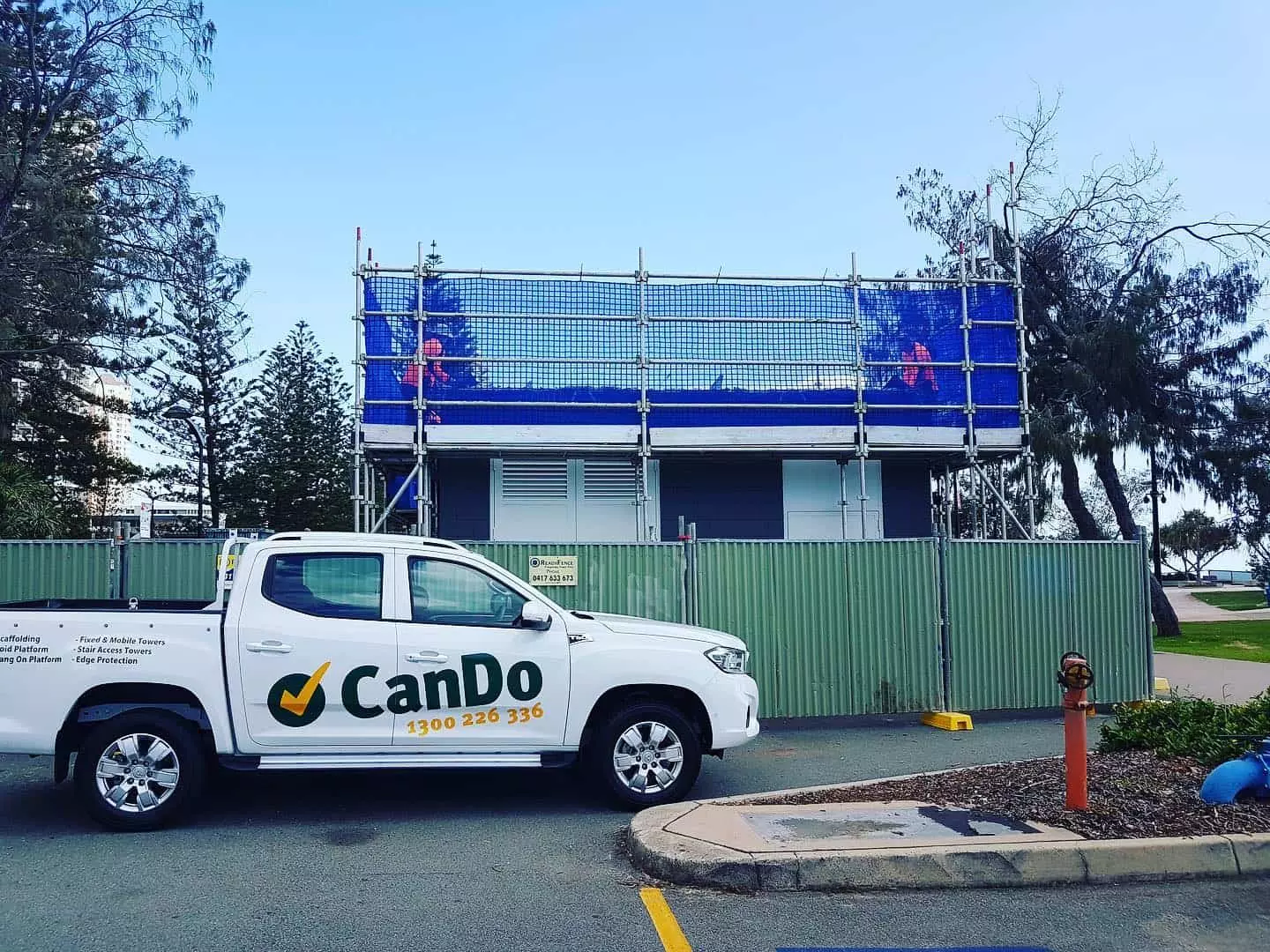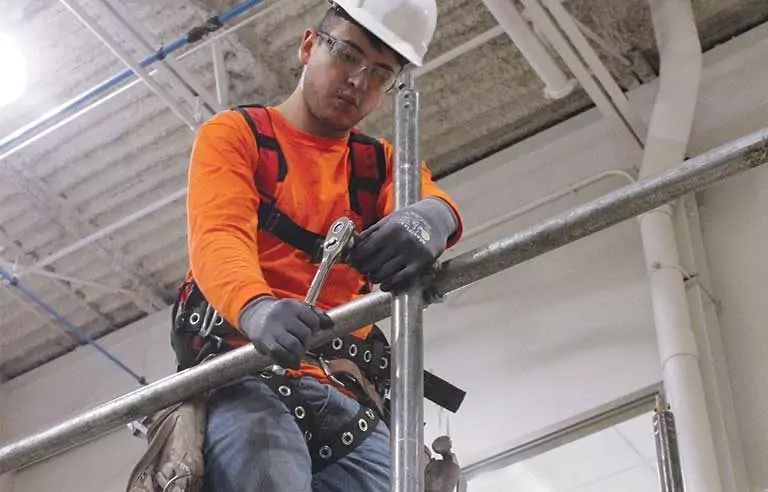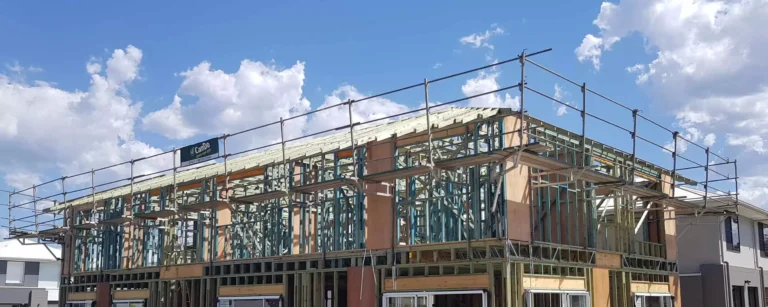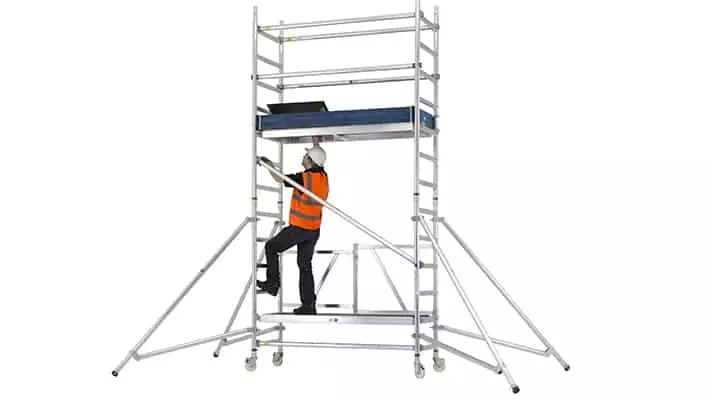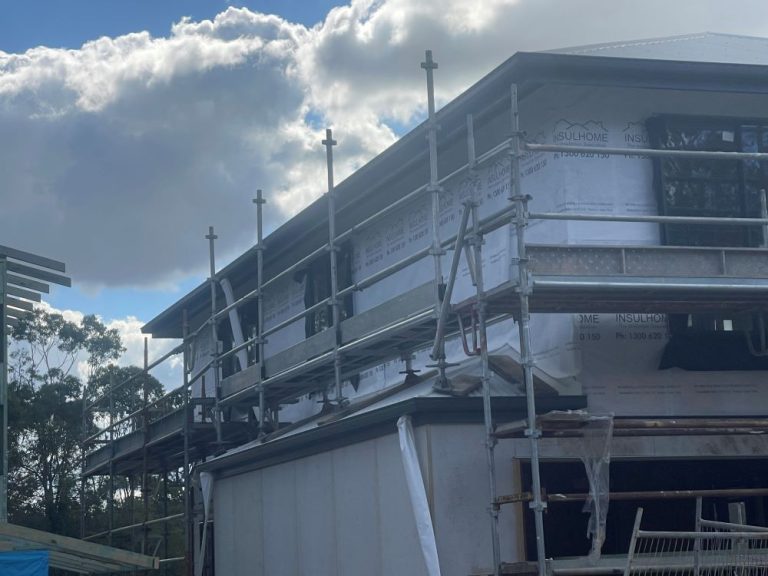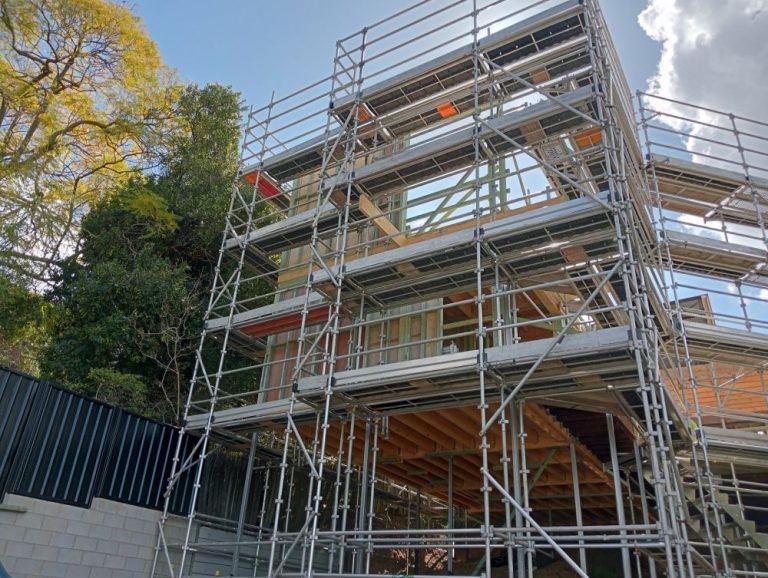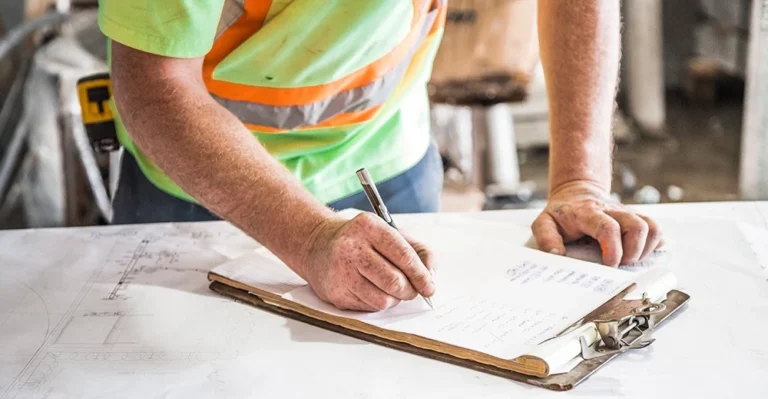Roof Scaffolding Safety
Importance of Safety in Roof Work
When it comes to working on a roof, safety should always be a top priority. Understanding the risks involved and complying with legal requirements and responsibilities are crucial steps in ensuring a safe working environment.
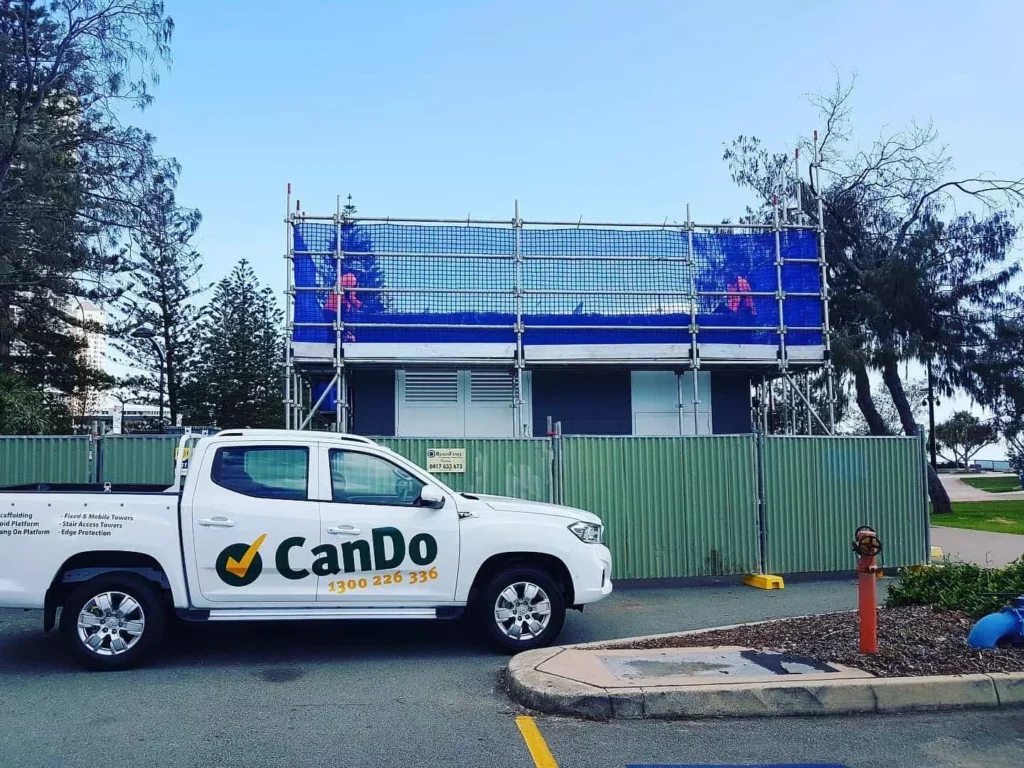
Understanding the Risks
Roof work presents several hazards that can lead to serious injuries or even fatalities if proper safety measures are not taken. Some of the common risks associated with roof work include:
- Falls: Working at heights increases the risk of falls, which can result in severe injuries or death. The use of appropriate fall protection systems, such as harnesses and guardrails, is essential to minimize this risk.
- Unstable Surfaces: Roofs can be uneven, slippery, or fragile, making them unstable surfaces to work on. Without proper precautions, workers can lose their balance, leading to accidents and injuries.
- Falling Objects: During roof work, tools, equipment, or materials can accidentally fall, posing a hazard to workers below. Wearing appropriate head protection and securing items properly can help prevent such incidents.
- Electrical Hazards: Roofs often have electrical equipment or wiring that can pose a risk of electric shock. Workers should be cautious and follow electrical safety protocols when working near or with electrical installations.
Legal Requirements and Responsibilities
In Australia, there are legal requirements and responsibilities that govern safety in roof work.
These regulations aim to protect workers and ensure that employers, contractors, and property owners fulfill their obligations.
Some key legal requirements and responsibilities include:
- Occupational Health and Safety Act: This act sets out the general duties of care that employers and employees have towards each other, including the responsibility to provide and maintain a safe working environment.
- Safe Work Australia: Safe Work Australia is an organization that develops national policy and guidelines to promote workplace health and safety. Their publications provide valuable resources and information on safe work practices, including those specific to roof work.
- Scaffolding Regulations: When working at heights, scaffolding is often required to provide a stable and safe working platform. Scaffolding must comply with specific regulations and standards to ensure its structural integrity and prevent accidents. For more information on scaffolding regulations in Australia, refer to our article on scaffolding regulations in Australia.
- Employer Responsibilities: Employers have a duty to provide a safe working environment, including proper training, supervision, and the provision of necessary safety equipment. They should also conduct regular risk assessments and implement control measures to prevent accidents.
- Worker Responsibilities: Workers have a responsibility to follow safe work practices, use the provided safety equipment correctly, and report any hazards or near-miss incidents to their employer. They should actively participate in safety training and take reasonable care to protect their own health and safety, as well as that of others.
By understanding the risks involved in roof work and adhering to legal requirements and responsibilities, builders and homeowners can create a safer environment for everyone involved.
It is important to stay updated on the latest safety guidelines and regulations, consult with scaffolding companies in Australia when needed, and prioritize safety at all times.
Safety Equipment for Roof Work
When it comes to working on a roof, safety should always be the top priority. Utilizing the right safety equipment can help prevent accidents and ensure a secure working environment. Here are three essential safety equipment items for roof work: Personal Protective Equipment (PPE), Harnesses and Fall Arrest Systems, and Sturdy Ladders and Platforms.
Personal Protective Equipment (PPE)
Personal Protective Equipment (PPE) is a crucial component of ensuring safety during roof work. PPE includes items that protect workers from potential hazards, such as falling objects or exposure to harmful substances. When working on a roof, the following PPE should be worn:
- Hard Hat: A hard hat protects the head from falling debris or accidental bumps.
- Safety Glasses: Safety glasses shield the eyes from dust, debris, or any other particles that may cause injury.
- High-Visibility Vest: A high-visibility vest ensures visibility, especially when working in areas with vehicular traffic.
- Gloves: Gloves provide hand protection from sharp objects, hot materials, or chemicals.
Always ensure that the PPE is in good condition and fits properly to provide adequate protection. For more information on scaffolding safety and suppliers in Australia, check out our article on PPE here.

Harnesses and Fall Arrest Systems
When working at heights, it is essential to have proper fall protection in place. Harnesses and fall arrest systems are designed to prevent falls and minimize the risk of injury. These systems typically consist of:
- Full-Body Harness: A full-body harness is worn by workers and is connected to a fall arrest system. It distributes the force of a fall across the entire body, reducing the risk of injury.
- Anchorage Points: Anchorage points are secure attachment points that connect the worker’s harness to a stable structure.
- Lanyards and Shock Absorbers: Lanyards and shock absorbers are used to connect the harness to the anchorage point. They help to absorb the impact of a fall and reduce the forces exerted on the body.
Proper training and knowledge of how to use these fall protection systems are essential. It’s crucial to follow the manufacturer’s instructions and adhere to all safety regulations.
For more information on scaffolding regulations in Australia, visit our article on fall prevention and emergency procedures.
Sturdy Ladders and Platforms
Having access to sturdy and reliable ladders and platforms is vital when working on a roof. These structures provide stability and support, reducing the risk of falls or accidents.
Consider the following when selecting ladders and platforms:
- Material: Choose ladders and platforms made of sturdy materials, such as aluminium or fiberglass, to ensure durability and stability.
- Weight Capacity: Ensure that ladders and platforms have a weight rating suitable for the workers and equipment being used. Read more about load capacity here
- Non-Slip Surface: Opt for ladders and platforms with a non-slip surface to minimize the risk of slipping.
Regular inspection and maintenance of ladders and platforms are essential to identify any signs of wear or damage..
By using the appropriate safety equipment, such as PPE, harnesses, and fall arrest systems, and sturdy ladders and platforms, workers can minimise the risk of accidents and ensure a safe working environment during roof work.
Remember to always prioritise safety and comply with all relevant safety regulations and guidelines.
Scaffolding Requirements for Roof Work
When undertaking roof work, ensuring proper scaffolding is in place is essential for the safety of workers and the success of the project.
In this section, we will explore the types of scaffolding, the scaffolding standards and regulations in Australia, and the option of hiring professional scaffolding services.
Types of Scaffolding
Various types of scaffolding are available to cater to different construction needs. Some commonly used types include:
- Mobile Scaffolding: Also known as rolling scaffolding, this type of scaffolding is designed with wheels, allowing for easy movement and repositioning. It is particularly useful for smaller projects or areas with restricted spaces.
- Residential Scaffolding: Residential scaffolding is specifically designed for domestic projects, such as roofing repairs or renovations. It provides a safe working platform for workers to access different levels of a property.
- Commercial Scaffolding: Commercial scaffolding is suitable for larger-scale projects, such as commercial buildings or high-rise constructions. It is designed to accommodate heavy loads and provide a stable working platform for workers.
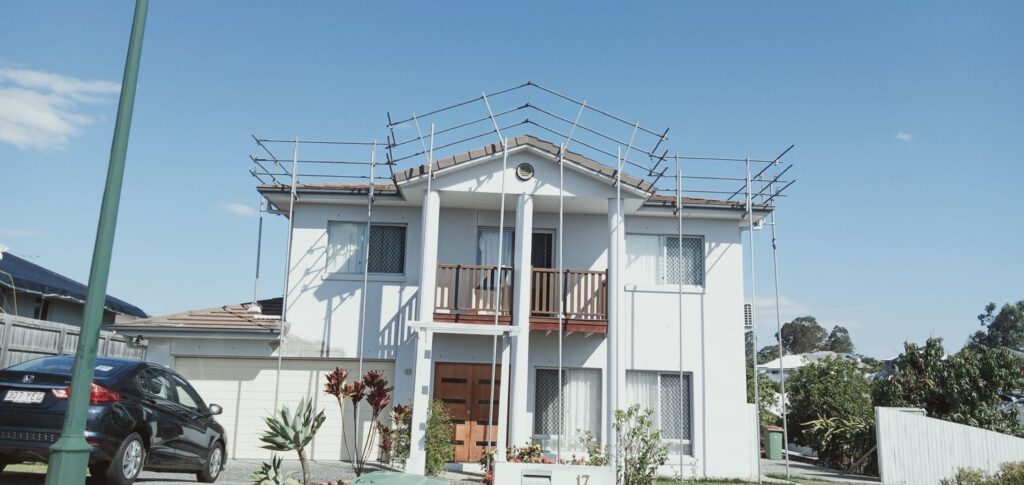
Scaffolding Standards and Regulations
When it comes to scaffolding, Australia has specific standards and regulations in place to ensure safety and compliance. These regulations dictate the design, installation, and inspection requirements for scaffolding. It is crucial to be aware of these standards and comply with them to prevent accidents and potential legal repercussions.
Hiring Professional Scaffolding Services
For those who are not familiar with scaffolding or prefer to leave the task to professionals, hiring a reputable scaffolding service is a viable option.
Scaffolding companies in Australia provide expertise in scaffolding design, installation, and dismantling. They have the knowledge and experience to ensure that the scaffolding meets safety standards and suits the specific requirements of your project.
When choosing a scaffolding service, consider factors such as their reputation, experience, and adherence to safety regulations.
By understanding the different types of scaffolding available, being aware of the scaffolding standards and regulations in Australia, and considering the option of hiring professional scaffolding services, you can ensure safe and efficient roof work. Prioritising the safety of workers and complying with regulations will contribute to the success of your project and provide peace of mind.
Safe Work Practices on a Roof
When working on a roof, following safe work practices is crucial to minimize the risk of accidents and injuries. Here are three key aspects of safe work practices that should be implemented during roof work: proper planning and risk assessment, securely installing and inspecting scaffolding, and regular maintenance and inspections.
Proper Planning and Risk Assessment
Before starting any roof work, it is essential to engage in proper planning and conduct a thorough risk and safety assessment. This involves identifying potential hazards and taking appropriate measures to mitigate them. Factors to consider include the condition of the roof, weather conditions, and the presence of any electrical wires or other obstacles.
By conducting a risk assessment, workers can identify potential risks such as the possibility of slips, trips, and falls, and develop strategies to minimize these risks. It is important to implement safety measures such as using appropriate personal protective equipment (PPE), securing tools and materials, and ensuring safe access to the roof.
Securely Installing and Inspecting Scaffolding
Scaffolding is often a necessary component of roof work, providing a stable and secure platform for workers to operate from. It is crucial to ensure that scaffolding is securely installed and regularly inspected to maintain a safe working environment.
When installing scaffolding, it is important to follow the manufacturer’s guidelines and ensure that it can support the weight of workers and materials.
Scaffolding should be erected on solid ground, properly stabilised, and fitted with guardrails to prevent falls.
Regular inspections should be conducted to identify any signs of wear, damage, or instability. Any issues discovered should be promptly addressed before work continues.
Regular Maintenance and Inspections
To ensure ongoing safety on the roof, regular maintenance and inspections are essential.
This includes checking the condition of the roof itself, as well as the scaffolding and any other equipment being used.
Roofs should be inspected for signs of deterioration, such as loose or damaged tiles, rusted metal, or weakened structural components. Regular maintenance should be performed to address any issues promptly and prevent further damage.
Scaffolding and other equipment should also be regularly inspected to identify any defects or signs of wear. This includes checking the stability of the scaffolding, ensuring guardrails are secure, and inspecting tools and harnesses for any damage.
By implementing regular maintenance and inspections, potential hazards can be identified and addressed before they pose a risk to workers. This helps to maintain a safe working environment throughout the duration of the roof work.
By following proper planning and risk assessment practices, securely installing and inspecting scaffolding, and conducting regular maintenance and inspections, workers can ensure a safer environment while working on a roof.
Training and Certification
When it comes to working with scaffolding, training and certification are essential for ensuring safety and compliance with regulations. Proper training equips individuals with the necessary knowledge and skills to handle scaffolding equipment and carry out their work in a safe manner.
Accredited Training Programs
To gain the required expertise in working with scaffolding, individuals can enroll in accredited training programs. These programs provide comprehensive instruction on scaffold assembly, dismantling, and safe work practices. They cover topics such as scaffold design, stability, load capacity, and fall prevention. Successful completion of these programs demonstrates a solid understanding of scaffolding principles and techniques.
It is important to choose a training program that is recognized and endorsed by relevant authorities or industry bodies. This ensures that the training is up-to-date, compliant with regulations, and meets industry standards. By acquiring accreditation, individuals can showcase their competence and commitment to safety in scaffolding work.
Certification and Licensing Requirements
In addition to completing accredited training programs, individuals may need to obtain certification and licensing to legally work with scaffolding in Australia. The specific requirements vary depending on the state or territory, as well as the type of scaffolding work being performed.
Certification and licensing typically involve passing practical assessments and demonstrating knowledge of scaffolding regulations.
It is important to research the requirements specific to your location and the type of scaffolding work you will be involved in. This will ensure that you are compliant with the necessary regulations and can confidently carry out your work with scaffolding.
Continuing Education and Skill Development
The scaffolding industry is constantly evolving, with new techniques, equipment, and safety standards being introduced. Therefore, it is crucial for individuals involved in scaffolding work to engage in continuing education and skill development. Staying up-to-date with the latest industry developments and best practices is essential for maintaining safety and efficiency on the job.
Continuing education can include attending workshops, seminars, and conferences related to scaffolding. It can also involve participating in refresher courses or undertaking additional training modules to expand knowledge and skills.
By actively seeking opportunities for learning and development, individuals can enhance their expertise and adapt to changes in the scaffolding industry.
By prioritizing training, certification, and continuing education, individuals can ensure their competence in working with scaffolding. This not only enhances safety but also contributes to the overall efficiency and professionalism of scaffold-related work.
Read more information on how to choose a scaffolding company to hire
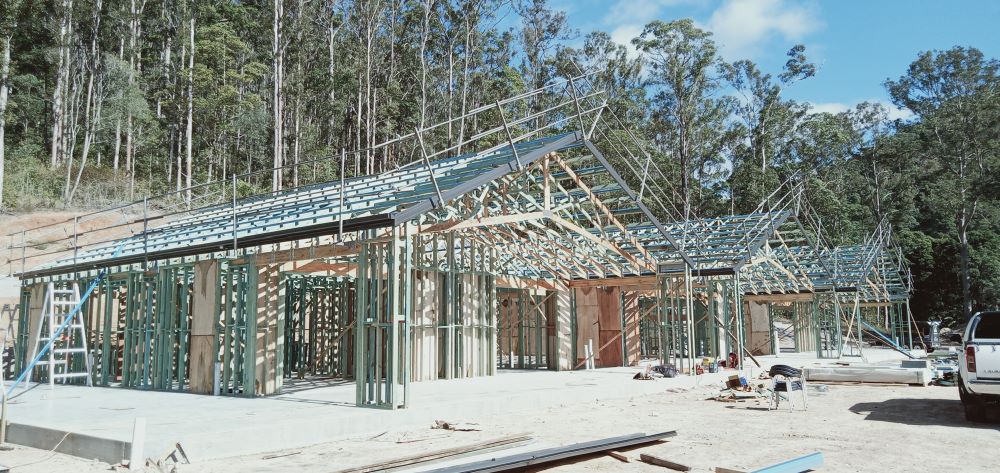
Got a Building Project?
Get in Touch with Cando Scaffolding today. We are based on the Gold Coast and work Tweed up to Brisbane Northside.
You can see one of our recent roofing scaffold projects here. It was a large project in Tweed.
We work with several large roofing companies and would love to partner up with more roofers.
Get in touch today

